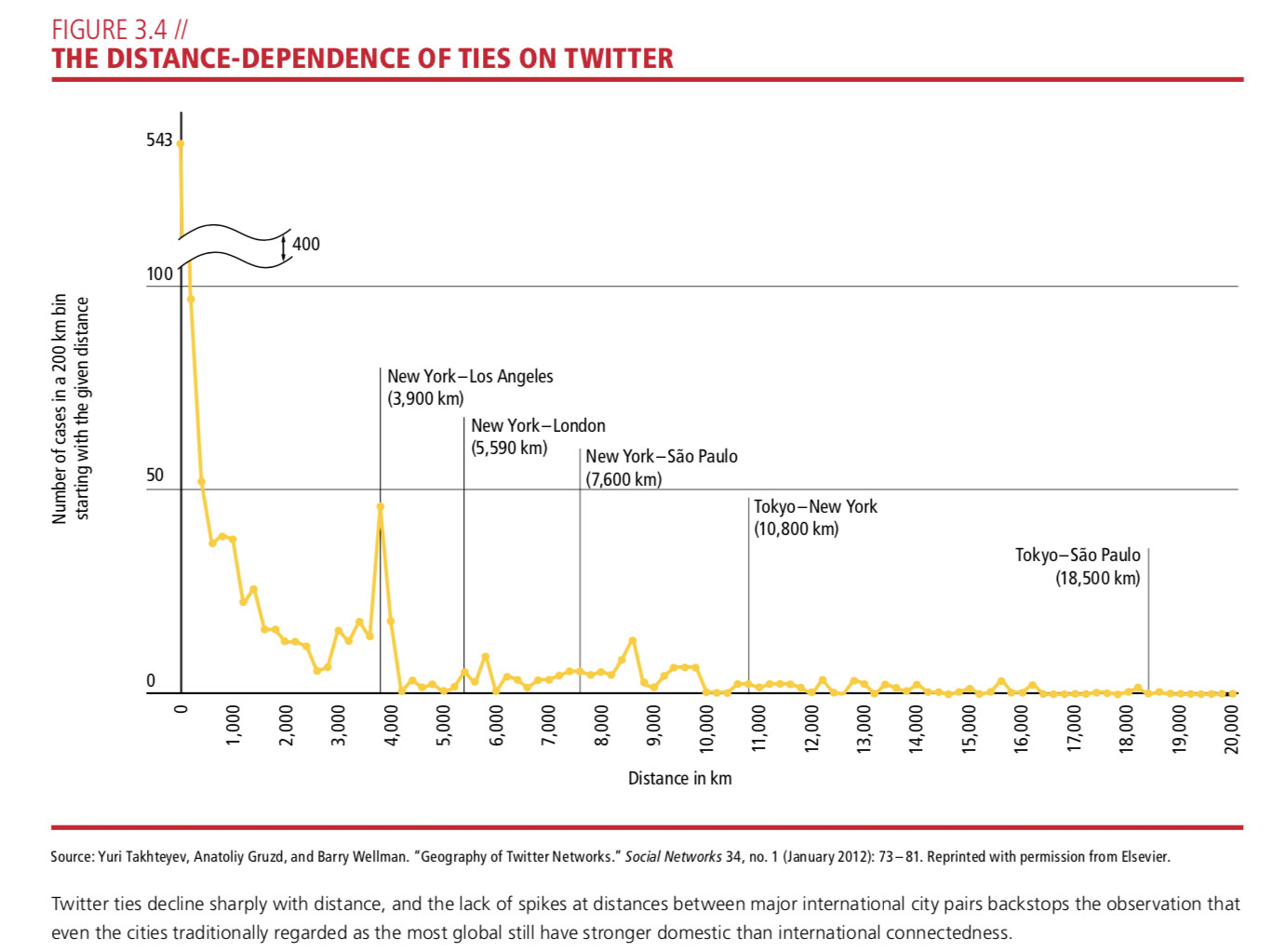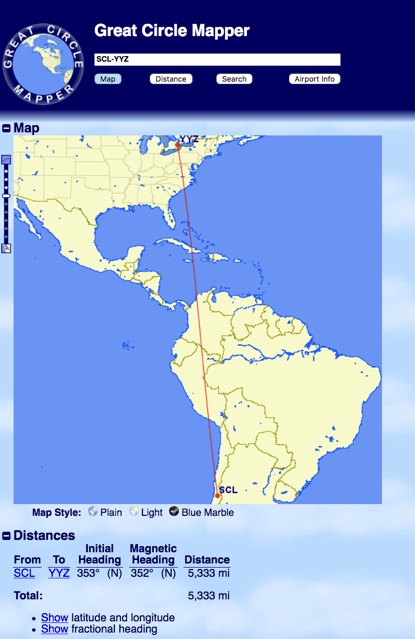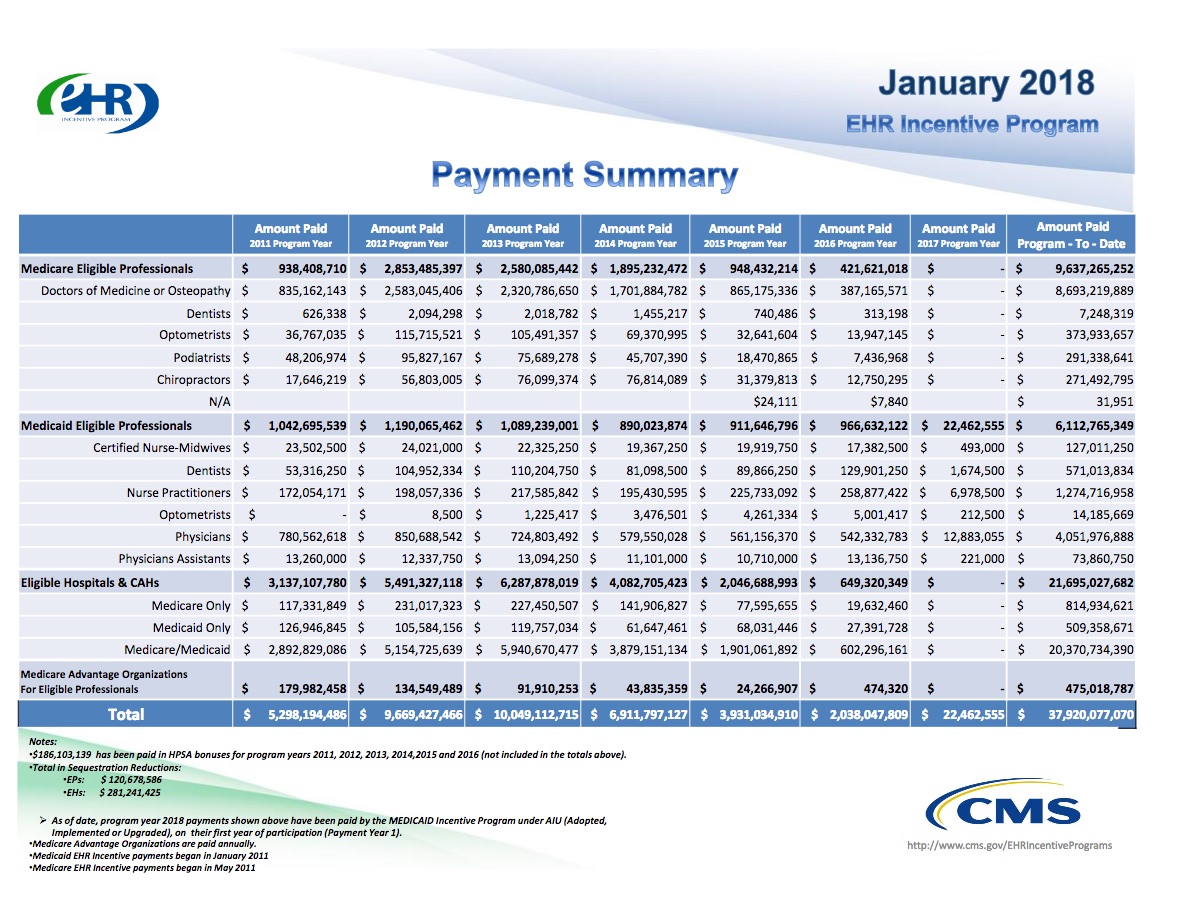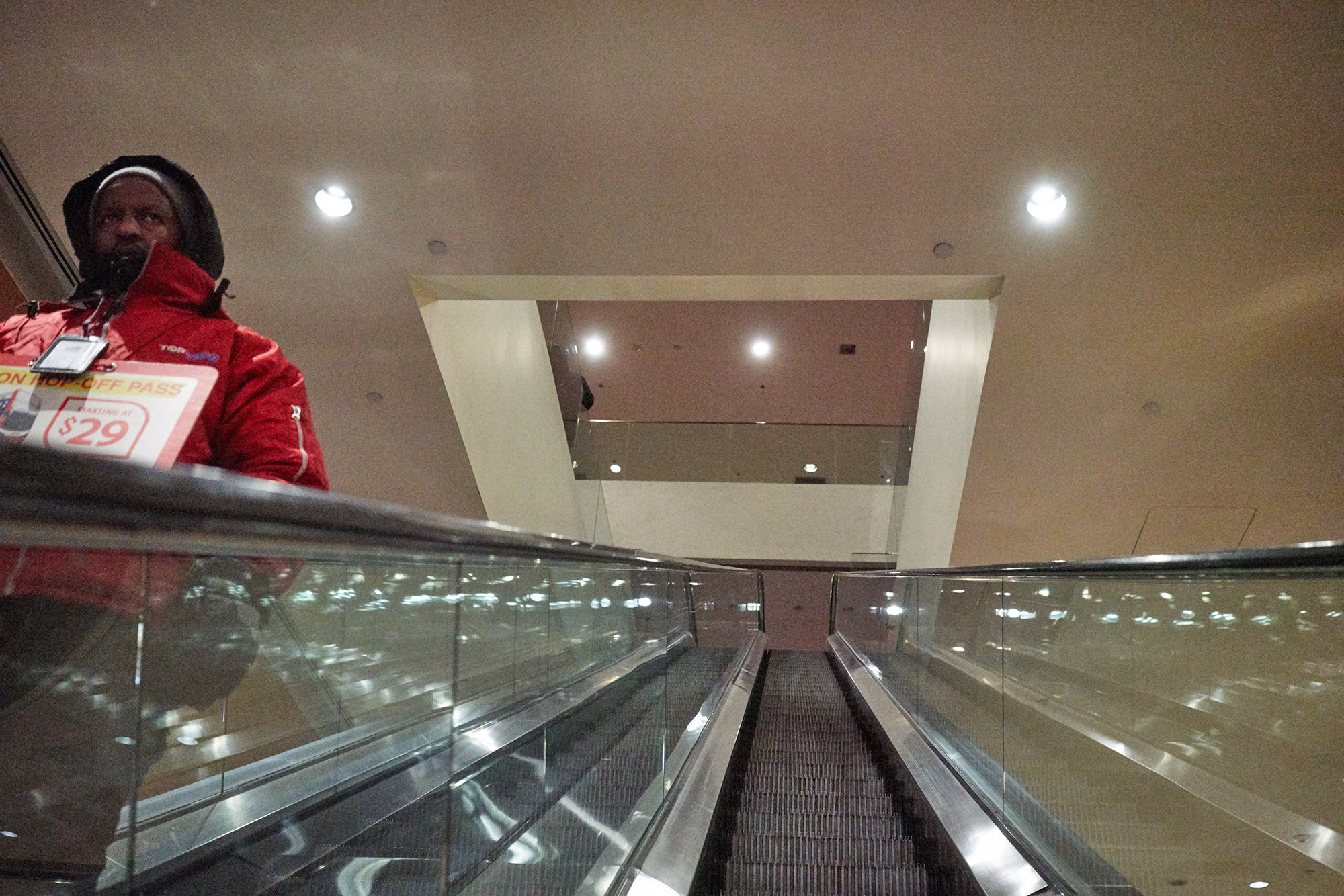Time on a Farm
Driving through rolling hills is a visual treat.
Add the challenges of farming said hills, managing livestock and running a milking operation. These operations require a strong constitution, an appetite for risk and the ability to constantly improve the business.
I saw waste repurposed to compost, ongoing investments in labor saving tools and the use of software to smartly plant hilly ground, saving precious seed and fertilizer.
Making these operations go on a family scale is not for the faint of heart.
PS. Dairy prices are worth a look.
The New, New Thing and Tokyo, 2018

Exploring, creating and sharing new information methods has long been of great interest to me.
Voracious readers, my parents subscribed to three newspapers (four, now that I reflect on those times) and many magazines during my early years. The depth and breadth of these publications allowed me to explore many topics, including technology, from creation to application development.
I learned that many technologies are useful, but some remain an answer in search of a question, or perhaps ahead of their time.
The development and release of Quicktime VR created a first wave of experiences and applications. Many were crude, but illustrated a vision, if not a future opportunity – one day, “real soon now”.

There have been stops and starts, potholes, investments and failures along the way.
Just a few years ago, I received a message from a second year Computer Science major. A mutual physician friend suggested that we talk.
The student arrived at our meeting over tea with an iPad running a javascript based virtual shopping experience. He sought my feedback (!)
I replied that I’ve seen it before, in the late 1990’s, using Quicktime VR.
Yet, we now seem to be approaching a new period of possibility, if not exuberance, investment and opportunity.

The supremacy of powerful, mobile devices featuring beautiful displays and emerging 3D technology offers an interesting playground for creators and explorers.
The IVRPA has, for twenty years, provided a place to learn and share immersive experiences. As such, it’s a privilege to participate in their upcoming 2018 conference.
I plan to discuss a family project: the amuz app: App Store. Play store availability “real soon now”.
amuz is designed to be fast way to explore new places and experiences using a variety of media.

It’s a fun project and one that may be useful for many people around the world.
This chart, illustrates the exploration opportunity:

We’ll see.

$37,920,077,070 in Taxpayer Electronic Medical Record Subsidies: 2009 – January 2018
Centers for Medicare & Medicaid Services:
Here’s where you’ll find Medicare and Medicaid Electronic Health Records Incentive Program payment and registration data in report form.
As of January 2018, more than 543,400 health care providers received payment for participating in the Medicare and Medicaid Electronic Health Record (EHR) Incentive Programs. In May 2013, CMS announced that more than half of all eligible health care providers had been paid under the Medicare and Medicaid EHR Incentive Programs.
The taxpayer outlay is updated monthly. January, 2018.
Background links:
How the Cleveland Clinic grows healthier while its neighbors stay sick .
Why Americans are avoiding the doctor.
On the Growth of Epic Systems:
Part of the company’s recent growth has stemmed from $30 billion in federal incentives included in the recovery act passed in 2009 during the financial crisis.
The incentives were designed to give a final shove to hospitals and physicians to make the costly and difficult transition from paper records to electronic records.
In 2008, only 1.5% of U.S. hospitals had a comprehensive system for electronic records implemented in all major clinical units, and an additional 7.5% had a basic system that included certain features in at least one unit, according to the results of a survey published in the New England Journal of Medicine.
Even fewer physician practices had made the transition.
By 2014, 75.5% of hospitals had at least a basic system, according to an annual survey.
Before the federal incentives, academic medical centers, hospitals that were part of health systems and large physician practices were most likely to have begun the transition to electronic health records. Epic focuses on those customers. But the incentives have contributed to the surge in the company’s growth.
That, though, has come at a price.
Epic’s size and success have made it a target for critics of electronic health records and the way the $30 billion federal program has evolved.
Critics contend that the systems are difficult to use, that entering information is time-consuming and detracts doctors from focusing on patients, that the records frequently are cluttered with unneeded information and that hospitals and physicians often can’t exchange information.
David Dranove, Craig Garthwaite, Christopher Ody, Bingyang Li:
In February 2009 the U.S. Congress unexpectedly passed the Health Information Technology for Economic and Clinical Health Act (HITECH). HITECH provides up to $27 billion to promote adoption and appropriate use of Electronic Medical Records (EMR) by hospitals. We measure the extent to which HITECH incentive payments spurred EMR adoption by independent hospitals. Adoption rates for all independent hospitals grew from 48 percent in 2008 to 77 percent by 2011. Absent HITECH incentives, we estimate that the adoption rate would have instead been 67 percent in 2011. When we consider that HITECH funds were available for all hospitals and not just marginal adopters, we estimate that the cost of generating an additional adoption was $48 million. We also estimate that in the absence of HITECH incentives, the 77 percent adoption rate would have been realized by 2013, just 2 years after the date achieved due to HITECH.
Subsidies given for computerizing, but no reporting required when errors cause harm:
President Obama and Congress poured $30 billion in taxpayer subsidies into the push for digital medical records beginning in 2009, with only a few strings attached and no safety oversight of the vendors who sell the systems.
The move was touted as a way to improve patient care and help rein in medical costs. Five years later, the explosion in the use of the electronic records has created the potential for efficiencies and safety benefits but also new risks for patients, the scope of which still is not fully understood.
But the scramble by doctors and hospitals to cash in on the incentives has thrust complex, balky, unwieldy, and error-prone computer systems into highly sensitive clinical settings at a record pace. From 2008 to 2013, the percent of US doctor’s offices with electronic health records rose from 17 to 48 percent. Growth in hospitals was even more dramatic, from 13 to 70 percent.
Officials at Epic Systems are not commenting on a New York Times report Wednesday that the firm was central in lobbying Congress on a $19 billion “giveaway” (now $37B and growing) to convert all U.S. medical records from paper to computers.
The story contends that executives of the largest digital records companies — including Epic, Cerner and Allscripts — poured hundreds of thousands of dollars into a behind-the-scenes effort to promote the use of electronic records, effectively pushing aside smaller competitors.
Those efforts paid off handsomely in 2009, when legislation promoting the use of electronic medical records was included in President Obama’s economic stimulus bill. The $780 billion package included nearly $20 billion in incentives aimed specifically at software made by Epic and others.
The stimulus package also included penalties for doctors who don’t adopt the new technology. Providers who don’t install electronic records by 2014 will face reductions in their Medicare reimbursements.
Unfortunately, this $37,920,077,070, and growing taxpayer subsidy has failed. We lack medical record interoperability and costs have continue to grow, substantially.
UPDATE – Paper Trails: Living and Dying With Fragmented Medical Records by Ilana Yurkiewicz
UPDATE 2: Getting your medical records might not be easy:
“There were overwhelming inconsistencies in information relayed to patients regarding the personal health information they are allowed to request, as well as the formats and costs of release, both within institutions and across institutions,” said Carolyn Lye, the study’s first author.
“We also found considerable noncompliance with state and federal regulations and recommendations with respect to the costs and processing times,” Lye, a medical student, said in a university news release.
The researchers also found that 58 percent of the hospitals charged more than the federally recommended $6.50 for medical records stored electronically. One hospital charged $541.50 for a 200-page record.
The study was published online Oct. 5 in JAMA Network Open.
Stricter enforcement of the patients’ right of access is necessary to ensure that the request process across hospitals is easy to navigate, timely and affordable, Lye suggested.
Among the 83 top-ranked US hospitals representing 29 states, there was discordance between information provided on authorization forms and that obtained from the simulated patient telephone calls in terms of requestable information, formats of release, and costs. On the forms, as few as 9 hospitals (11%) provided the option of selecting 1 of the categories of information and only 44 hospitals (53%) provided patients the option to acquire the entire medical record. On telephone calls, all 83 hospitals stated that they were able to release entire medical records to patients. There were discrepancies in information given in telephone calls vs on the forms between the formats hospitals stated that they could use to release information (69 [83%] vs 40 [48%] for pick up in person, 20 [24%] vs 14 [17%] for fax, 39 [47%] vs 27 [33%] for email, 55 [66%] vs 35 [42%] for CD, and 21 [25%] vs 33 [40%] for online patient portals), additionally demonstrating noncompliance with federal regulations in refusing to provide records in the format requested by the patient. There were 48 hospitals that had costs of release (as much as $541.50 for a 200-page record) above the federal recommendation of $6.50 for electronically maintained records. At least 7 of the hospitals (8%) were noncompliant with
April
Happy Easter!

St. Thomas, New York City. (Doubting Thomas).
Easter: Christ is risen. DuckDuckGo.
Religious illiteracy.




Palm Sunday: reflecting back, and to the future

Walking around Rome a short while ago, I pondered the words spoken by Christ (Luke 21) at this weekend’s Palm Sunday service:
5 Some of his disciples were remarking about how the temple was adorned with beautiful stones and with gifts dedicated to God. But Jesus said, 6 “As for what you see here, the time will come when not one stone will be left on another; every one of them will be thrown down.”
7 “Teacher,” they asked, “when will these things happen? And what will be the sign that they are about to take place?”
8 He replied: “Watch out that you are not deceived. For many will come in my name, claiming, ‘I am he,’ and, ‘The time is near.’ Do not follow them. 9 When you hear of wars and uprisings, do not be frightened. These things must happen first, but the end will not come right away.”
10 Then he said to them: “Nation will rise against nation, and kingdom against kingdom. 11 There will be great earthquakes, famines and pestilences in various places, and fearful events and great signs from heaven.
12 “But before all this, they will seize you and persecute you. They will hand you over to synagogues and put you in prison, and you will be brought before kings and governors, and all on account of my name. 13 And so you will bear testimony to me. 14 But make up your mind not to worry beforehand how you will defend yourselves. 15 For I will give you words and wisdom that none of your adversaries will be able to resist or contradict. 16 You will be betrayed even by parents, brothers and sisters, relatives and friends, and they will put some of you to death. 17 Everyone will hate you because of me. 18 But not a hair of your head will perish. 19 Stand firm, and you will win life.
20 “When you see Jerusalem being surrounded by armies, you will know that its desolation is near. 21 Then let those who are in Judea flee to the mountains, let those in the city get out, and let those in the country not enter the city. 22 For this is the time of punishment in fulfillment of all that has been written. 23 How dreadful it will be in those days for pregnant women and nursing mothers! There will be great distress in the land and wrath against this people. 24 They will fall by the sword and will be taken as prisoners to all the nations. Jerusalem will be trampled on by the Gentiles until the times of the Gentiles are fulfilled.

I pondered this while strolling past the Arch of Titus:
It was constructed in c. AD 82 by the Emperor Domitian shortly after the death of his older brother Titus to commemorate Titus’s victories, including the Siege of Jerusalem (AD 70).
The south panel depicts the spoils taken from the Temple in Jerusalem. The golden candelabrum or Menorah is the main focus and is carved in deep relief.[9] Other sacred objects being carried in the triumphal procession are the Gold Trumpets, the fire pans for removing the ashes from the altar, and the Table of Shew bread.[8] These spoils were likely originally colored gold, with the background in blue.[8] In 2012 the Arch of Titus Digital Restoration Project discovered remains of yellow ochre paint on the menorah relief.[10]

Jeremy Scahill at the University of Wisconsin
I’ve long found Mr. Scahill’s work worth reading, if not following. He recently spoke at the University of Wisconsin-Madison, as part of their Distinguished Lecture Series.
Jeremy Schahill’s drive is obvious, as revealed in the following photos.
Mr. Scahill was introduced by Professor Alfred McCoy.
Tap for larger versions.
Recent Photos: New York and Madison
The Mysteries of Airline Routes, Overflight Fees and Delays
Great Circle Mapper is a useful tool to find the shortest distance between two points on earth.
I recently flew Santiago-Toronto and was curious about our route and subsequent delayed arrival.
The shortest distance is illustrated below (notwithstanding winds, overflight fees and other considerations):

The route flown on the evening of 11 January, 2018 (Air Canada 93):

The lengthy departure taxi and subsequent route lead to a delayed arrival, misconnections and several days of lost luggage.
Air Canada service, other than the delay and repercussions was fine. I’ve asked them about the route and if they choose to avoid overflight fees, which, observing the path, would seem to be the case.
26 February 2018 AC93 route snapshots:







































































































